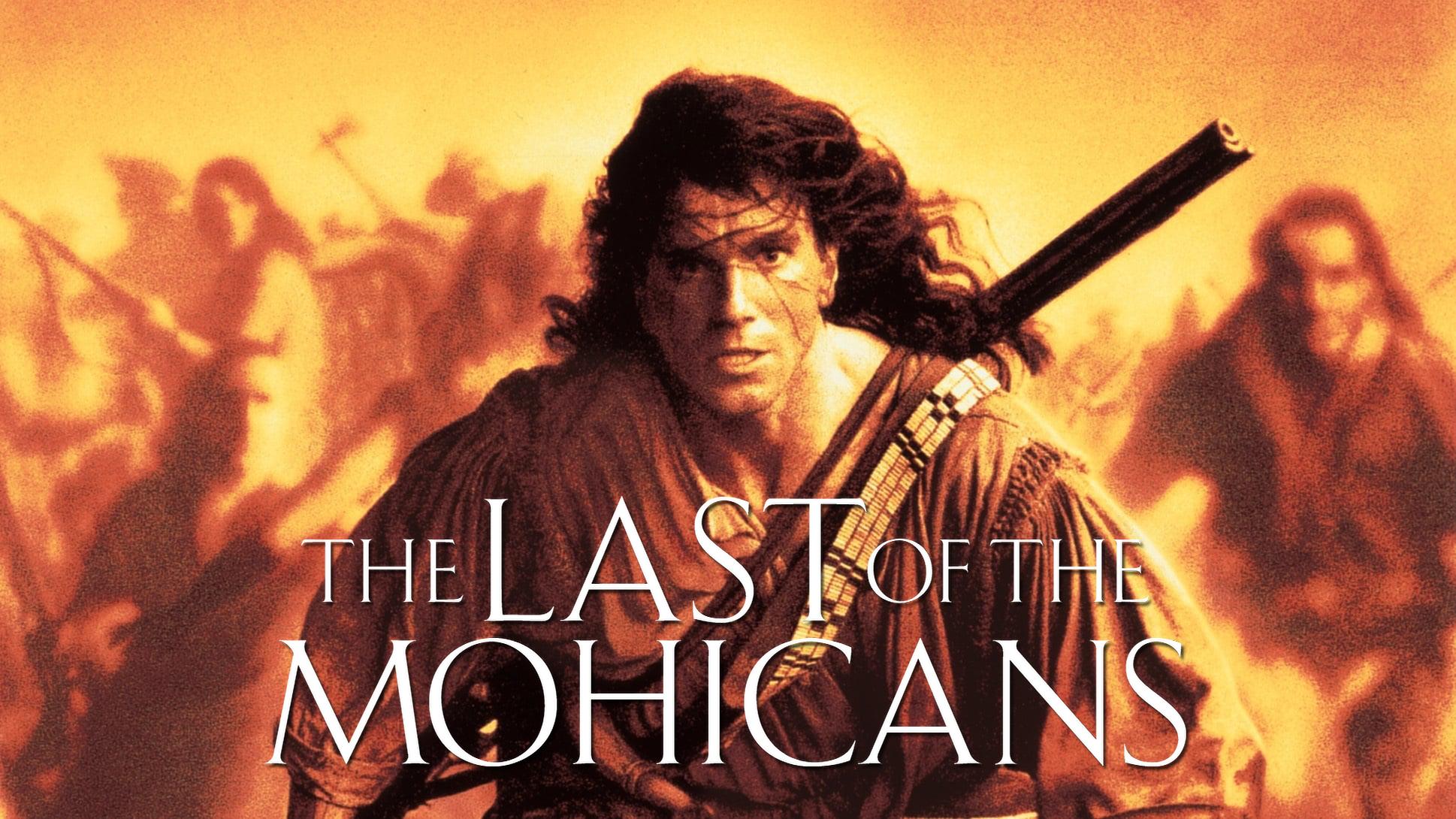The Last of the Mohicans (1992)

Released in 1992, The Last of the Mohicans is a historical epic directed by Michael Mann, co-written with Christopher Crowe, based on the classic novel by James Fenimore Cooper. This adaptation not only breathes new life into the narrative but also captures the complexities of love, loyalty, and conflict during a tumultuous period in American history. With its breathtaking cinematography, stirring score by Trevor Jones and Randy Edelman, and powerful performances by a stellar cast including Daniel Day-Lewis, Madeleine Stowe, and Russell Means, the film remains a significant contribution to both the adventure genre and historical cinema.
Set in the 1750s during the French and Indian War, the story follows Hawkeye, also known as Nathaniel Poe (played by Daniel Day-Lewis), a frontiersman raised by the Mohican tribe. As tensions rise between the British and French forces, Hawkeye finds himself embroiled in a conflict that threatens the lives of those he cares about. The film artfully weaves together themes of nationalism, cultural conflict, and the struggle for survival, presenting a nuanced portrayal of the relationships between Native Americans and European settlers.
One of the film’s strengths lies in its ability to humanize its characters. Hawkeye, as the protagonist, embodies the qualities of both a warrior and a compassionate leader. His love for Cora Munro (Madeleine Stowe), the daughter of a British colonel, introduces a personal stake in the broader conflict. Their romance unfolds against the backdrop of war, showcasing the challenges posed by societal expectations and cultural differences. This central relationship adds emotional depth to the narrative, emphasizing the personal costs of the larger historical events.

The film does an exceptional job of illustrating the brutal realities of warfare. The battle scenes are meticulously choreographed, creating a visceral sense of danger and urgency. Mann’s direction highlights the chaos and violence of the time, making it clear that war is not merely a backdrop but a central force that shapes the characters’ destinies. The cinematography, characterized by sweeping landscapes and intimate close-ups, enhances the emotional weight of these moments, allowing audiences to feel the impact of each loss and triumph.
Mann’s adaptation also pays homage to the Mohican people, particularly through the character of Chingachgook (Russell Means), Hawkeye’s adopted father. Chingachgook’s wisdom and strength provide a vital counterpoint to the violence of the era. His relationship with Hawkeye reinforces the theme of cultural identity, as he embodies the struggle to preserve his heritage in the face of encroaching colonialism. The film’s portrayal of Native Americans is respectful and multifaceted, acknowledging their complexities rather than reducing them to mere victims or adversaries.

Another significant element of The Last of the Mohicans is its haunting score. The musical compositions heighten the emotional intensity of the film, complementing the sweeping visuals and dramatic narratives. The iconic theme, which blends orchestral elements with indigenous influences, encapsulates the film’s themes of love, loss, and the struggle for identity. It remains a powerful and memorable aspect of the film, resonating with audiences long after the credits roll.

The film’s climax is both heart-wrenching and visually stunning, as the characters are forced to confront the ultimate sacrifices they must make for love and loyalty. The tension culminates in a series of confrontations that are both thrilling and tragic, underscoring the film’s exploration of the consequences of war and the human spirit’s resilience in the face of adversity.

In conclusion, The Last of the Mohicans stands as a timeless epic that masterfully blends romance, adventure, and historical drama. Michael Mann’s direction and the performances of a talented cast bring James Fenimore Cooper’s narrative to life, offering audiences a rich tapestry of characters and themes. Through its portrayal of love amidst conflict, the film invites viewers to reflect on the complexities of identity, loyalty, and sacrifice. With its stunning visuals, unforgettable score, and poignant storytelling, The Last of the Mohicans remains a significant work in American cinema, captivating audiences and prompting discussions about history, culture, and the human experience. Its legacy endures, reminding us of the enduring power of storytelling in illuminating our past and informing our understanding of the present.
Suggested videos for you:
Suggested videos for you:











